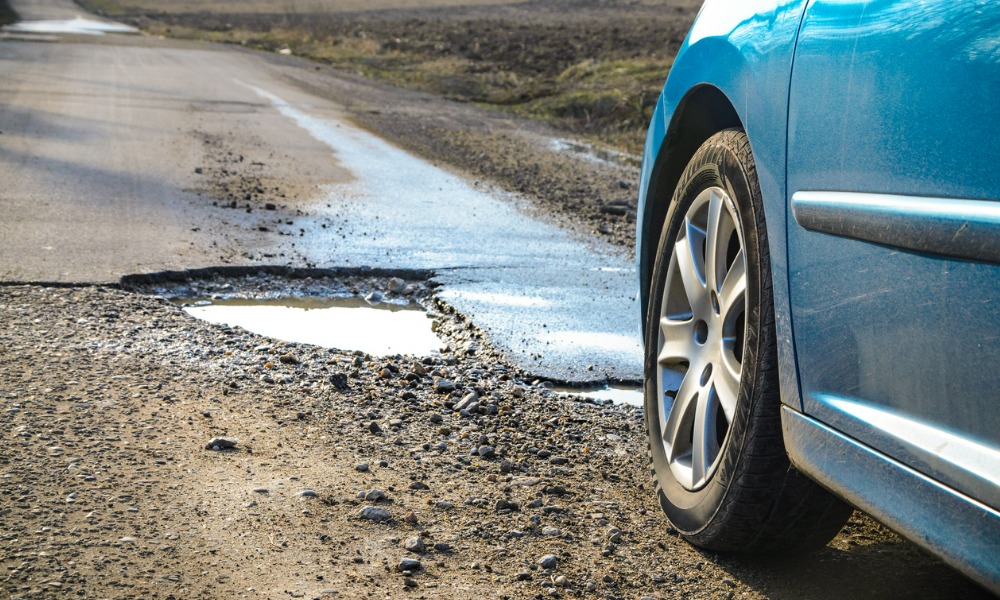Property occupiers and owners hold a duty of care to visitors

This article is part of a series addressing popular topics and questions clients and the public may have about the legal profession.
No person is an island. Owning or occupying a piece of private property – whether it be a house, a condo, or a commercial storefront – carries a responsibility to ensure people are not injured when they visit.
“It begins with your duty to maintain your premises in a condition reasonably fit for use by ‘your neighbour,’” says Edward Bergeron, founding partner at Bergeron Clifford Injury Lawyers. “Your ‘neighbour’… is an entity defined by the courts many, many years ago. It emanates from English common law. Your neighbour is anybody who is within proximity of you, such that you owe them a duty of care.”
“So, premises liability is just the duty not to be negligent vis-à-vis your own property.”
Premises liability centres around the definition of an “occupier,” he says. The landlord who owns the building may not be the occupier if someone else has “care and control.” But the landlord is responsible for structural defects and may be “vicariously responsible” for tenants’ behaviour.
An occupier is the “owner, tenant or other party who is in physical possession of a premises, or has responsibility for and control over a premises and the activities that are allowed on the premises,” according to an article by Injury Lawyers of Ontario. The types of premises, said the article, for which the owner or occupier has responsibility for the safety of users include stores and restaurants; amusement parks; healthcare facilities; retirement homes; hospitals; government roads, buildings and sidewalks; schools; private homes, cottages, backyard pools and ponds; parking lots; boats and trailers; hotels; factories and offices; and apartments.
Laws are either derived from statute or common law, says Bergeron. For a long time, the common law evolved to determine which type of people – those invited or those not invited – would activate a duty of care on the part of the occupier. “It all became complicated in terms of trying to define who was an invitee and who wasn’t,” he says.
So, various provincial legislatures came up with Occupiers’ Liability acts. Not all provinces have one, but Ontario, B.C., Alberta, Manitoba, Nova Scotia and Prince Edward Island have each enacted their own.
The laws essentially say that an occupier must “take reasonable steps to ensure that your premises are reasonably safe,” says Bergeron, noting that “reasonable” shows up twice in the definition. Determining “reasonable steps” involves a fact-driven analysis with a “fairly common-sense application,” he says.
For example, reasonable steps do not entail a person leaving work in the middle of the day because it began snowing, and they need to shovel their walk before the temperature drops, and it gets icy. But if a person is a frequent online shopper and has Amazon delivery people showing up twice a day, their responsibility to clear their walk will be stricter than others.
“You can’t judge what’s reasonable without knowing the facts, the context,” says Bergeron. “Most people, though, would apply a common-sense approach to what is reasonable and what isn’t.”
“If they just couldn’t reasonably have fixed the problem prior to the incident giving rise to injury happening, then it’s not negligence. It doesn’t give rise to premises liability.”
It is not only how an occupier or owner uses or maintains a property. Structural problems also give rise to premises liability, says Bergeron. For example, if there were a hole hidden on a person’s lawn because sometime long ago, they dug it for a fence post but never ultimately installed the post, a person could break their ankle by stepping on it. That is “clearly negligent,” he says.
Premises liability can also be shared. According to Bergeron, a landlord must ensure eaves troughs are maintained and in proper working order. Maintenance is a structural problem that falls under the landlord’s area of care and control. But if the eaves troughs are broken, are dripping water on the steps and creating ice, and the landlord is not attending to this structural defect, it is the tenant’s problem too, he says.
“At some point in time, I either have to cordon off those steps – which is maybe a reasonable step I could take – or cease using that entrance if I can’t get the landlord’s attention.”
The notice period for those injured on municipal property is even shorter. If the injured person does not give notice within ten days, they could lose their right of action.
“We constantly get people calling six months, a year, 18 months after they fallen,” says Bergeron. “It’s because people don’t want to sue. They want to get better. And when they don’t get better, and they’re left with no other recourse, and they’re faced with the prospect of long-term debilitating impairment, then they look at their legal rights.”
“But you can’t do that anymore. Now you have to eyeball it within the first 60 days. And you can’t sit on your rights.”










